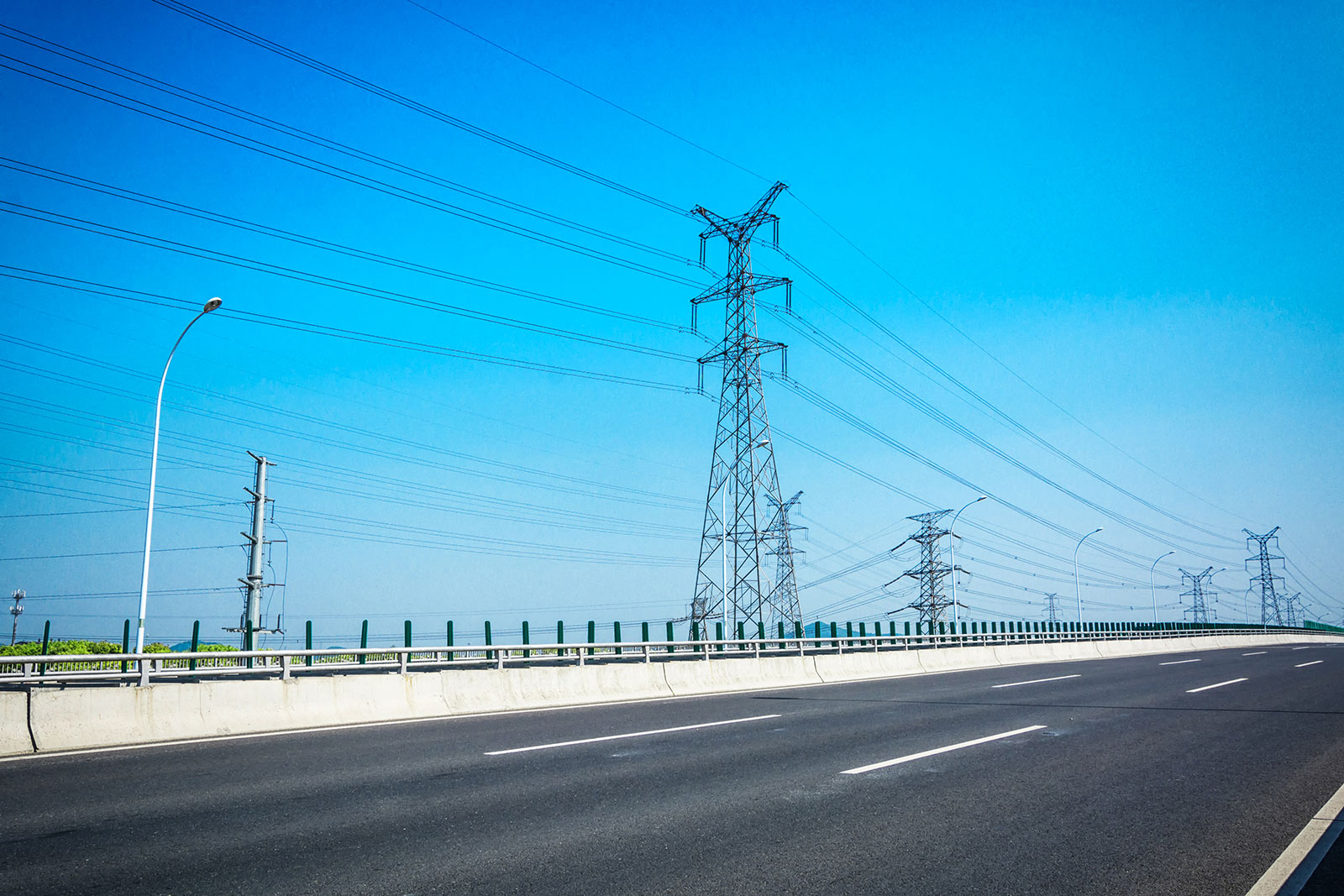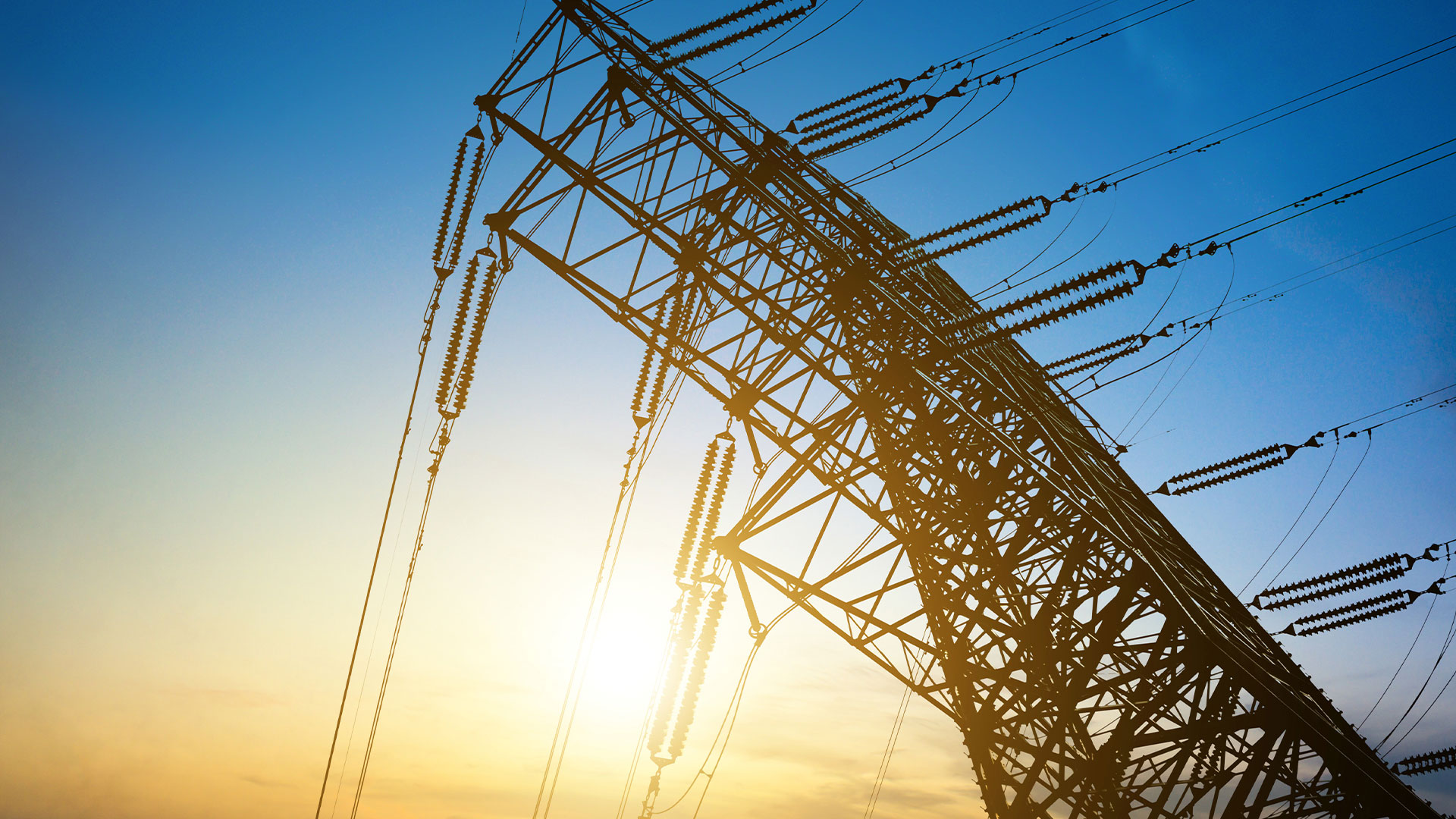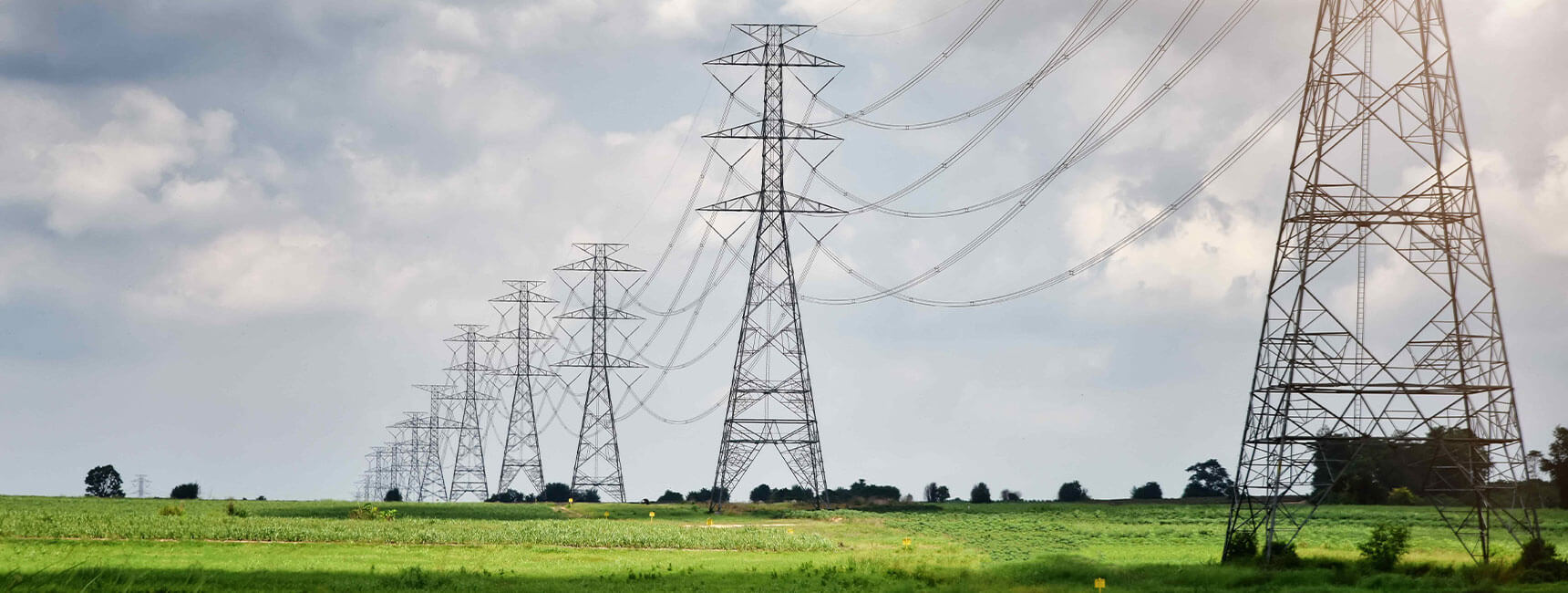The ERCOT Wholesale Market Subcommittee (WMS) meeting on August 7, 2024, addressed several significant updates, reports, and revision requests that are critical to the ongoing management and operation of the wholesale electricity market. The meeting opened with an antitrust admonition and a review of the agenda, setting the stage for the discussions that followed.
The Technical Advisory Committee (TAC) update included important directives, such as the bifurcation of NOGRR245 into two separate revisions, with one focusing on less controversial aspects and the other on equipment requirements. There was also a focus on NPRR1219, which had been expedited through the PRS and TAC due to its importance. Additionally, the commissioners expressed concerns over the ECRS manual deployment triggers, which led to the scheduling of a workshop on September 5 to discuss these issues further.
An introduction to the TAC assignment regarding NPRR1230, which involves the methodology for setting transmission shadow price caps for an IROL in SCED, was discussed. There was a request to monitor the implementation and performance effects, with the decision to involve both WMS and the Congestion Management Working Group (CMWG) to determine the most suitable oversight.
The ERCOT Operations and Market Items segment began with a presentation on the 2023 State of the Market Recommendations Report. It was noted that real-time electricity prices saw a slight reduction in 2023 compared to 2022, despite a significant drop in natural gas prices. The administration of ERCOT products in 2023 prevented electricity prices from declining in line with the reduction in natural gas prices. Discussions highlighted the increasing load trends, changes in supply with more wind and solar energy, and new gas-fired generation. The Cost of New Entry (CONE) and market revenues were also discussed, with concerns raised about discrepancies between market signals and real-world conditions.
The 2024 Q2 Settlement Stability Report was presented, covering price corrections, resettlements, and the stability of real-time market prices. Notably, there was a spike in November due to an issue with the calculation of the ERS contract period. The report also provided detailed data on load volume availability and the securitization default charge, among other financial aspects.
The 2024 Q2 Unregistered Distribution Generation (DG) Report revealed that total DG was over 2,600 MW, with 67 MW from DG battery energy storage. This report marked the first time DG battery storage units were excluded from the main reporting table, instead being listed as a footnote for transparency. There was a suggestion to continue tracking DG battery systems with a breakdown below and above 50 kW.
The discussion on Auction Revenue Distribution (CARD) and the CRR Balancing Account (CRRBA) presented multiple options for auction revenue distribution, including a new option that uses eight peak hours per day for all days of the month. The group discussed the potential high implementation costs and the importance of minimizing perverse incentives while maintaining distribution among load classes.
The HDL-LDL Override Report provided insights into the use of low dispatch limit (LDL) overrides during the solar eclipse on April 8, 2024. The report discussed the operational strategies employed, such as the procurement of additional Non-Spin ancillary services and the deployment of approximately 2.4 GW of Non-Spin during the event. The conversation also touched on the economic impacts of these overrides and the need for further market analysis.
Updates from the Congestion Management Working Group (CMWG) covered various topics, including the CRR long-term auction solution time and transaction limits. The discussion highlighted the ongoing consideration of solutions such as increasing bid prices and removing the multi-month bid functionality. Additionally, the group explored potential changes to load zone definitions, which have remained unchanged since 2003, using k-means clustering to propose new load zones based on the latest LMP data.
The Demand Side Working Group (DSWG) requested WMS endorsement of NPRR1226, emphasizing the need for more transparency on demand response data. Discussions included comparisons between WSL and ESR calculations, as well as the challenges around forecasting and energy storage impacts.
The Meter Working Group (MWG) proposed consolidating the naming convention to ‘Meter Working Group’ across all documents and websites, which was endorsed and added to the combo ballot for a vote.
The Wholesale Market Working Group (WMWG) provided an initial analysis on the 2025 Ancillary Services (AS) methodology, with updates due in August. The group discussed changes to the methodology, including the use of net load ramp and historical regulation deployment data. Feedback was also provided on ERCOT’s state of charge monitoring analysis.
In the discussion of WMS revision requests, VCMRR042 and NPRR1242 related to SO2 and NOx emission index prices were highlighted. The group considered the need for systematic implementation and the practicality of user fees to cover subscription costs. The motion to table VCMRR042 for further revisions and refer it to the Resource Cost Working Group (RCWG) was added to the combo ballot.
NPRR1238, concerning the voluntary registration of loads with curtailable load capabilities, was discussed at length. The proposal aimed to address compliance issues related to load shed allocation, particularly for large loads exceeding their native load. The group agreed to continue tabling NPRR1238 for further review by the WMWG.
The meeting concluded with a discussion of other business, including the review of open action items and the approval of the 2025 block calendar. The October meeting date was adjusted to avoid conflicts with PUC open meetings. The meeting was adjourned after a thorough review of the day’s topics and action items.



